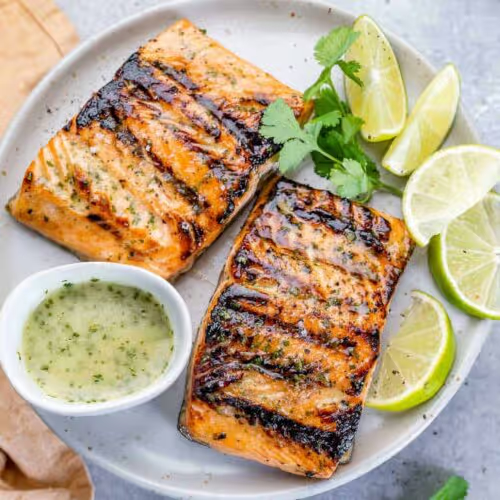
Salmon is one of the healthiest fish you can eat. It is packed with protein, omega-3 fatty acids, and essential nutrients. However, not all salmon is the same. The two main types are wild caught vs farm raised salmon. But which one is better? Let’s compare them.
Wild-caught salmon comes from natural waters like oceans, rivers, and lakes. These fish grow in their natural habitat, eating a diet of smaller fish, shrimp, and algae. Because of this, wild salmon tend to have a more vibrant color and firmer texture.
Moreover, wild salmon contains higher levels of omega-3 fatty acids. These healthy fats support brain function, heart health, and inflammation control. If you are looking for natural nutrition, wild-caught salmon is a great choice.
On the other hand, wild salmon can be more expensive. Since they are caught in the wild, the supply is limited. Additionally, some areas have concerns about overfishing, which can impact the environment.
Farm-raised salmon is bred in controlled environments. These fish live in large pens or tanks and eat a processed diet. Because of this, farmed salmon grow faster and are available year-round.
However, farm-raised salmon may contain higher levels of unhealthy fats. The diet they eat is often rich in grains and fish meal, which changes their fat composition. In addition, some farms use antibiotics and chemicals to prevent disease. This raises concerns about food safety and health.
That said, farm-raised salmon is usually more affordable. If you are on a budget, it can be a good option. Plus, responsible fish farms are improving their practices to reduce harmful effects.
If you want the highest quality, wild-caught salmon is the better choice. It has more natural nutrients and fewer contaminants. However, farm-raised salmon is more affordable and available.
To make the best choice, look for trusted sources. Sustainable fisheries and responsible farms produce healthier fish. If you care about your health, quality matters.
Speaking of health, taking care of your body is important. If you need pain relief or better mobility, visit the best chiropractor in Pittsburgh. Searching for a “Chiropractor Near Me” can help you find expert care in your area. Whether it’s nutrition or spinal health, making the right choices leads to a better life.
Our mission is to be Pittsburgh’s top center for chronic conditions, specializing in chiropractic care and functional medicine. We provide innovative, non-invasive treatments that address root causes, helping patients achieve lasting wellness.
© Copyright 2012 - 2024 | CHRONIC PA | ALL RIGHTS RESERVED